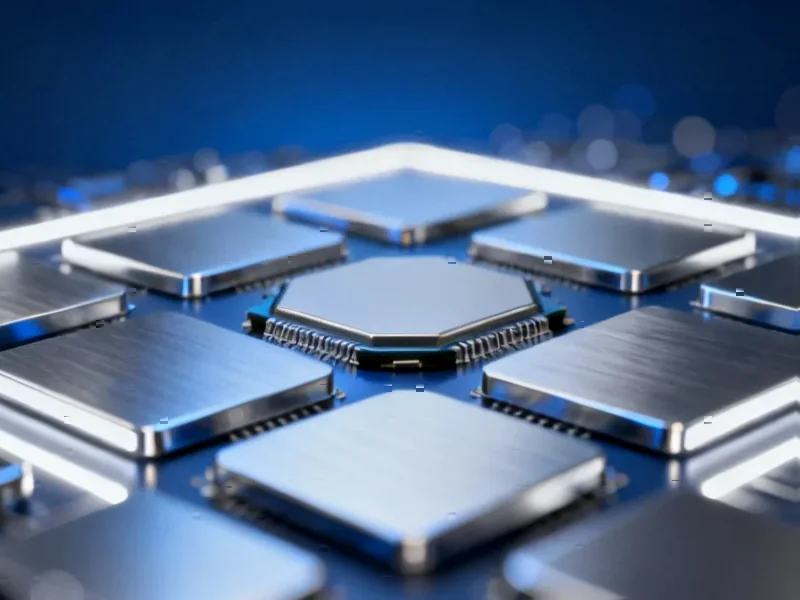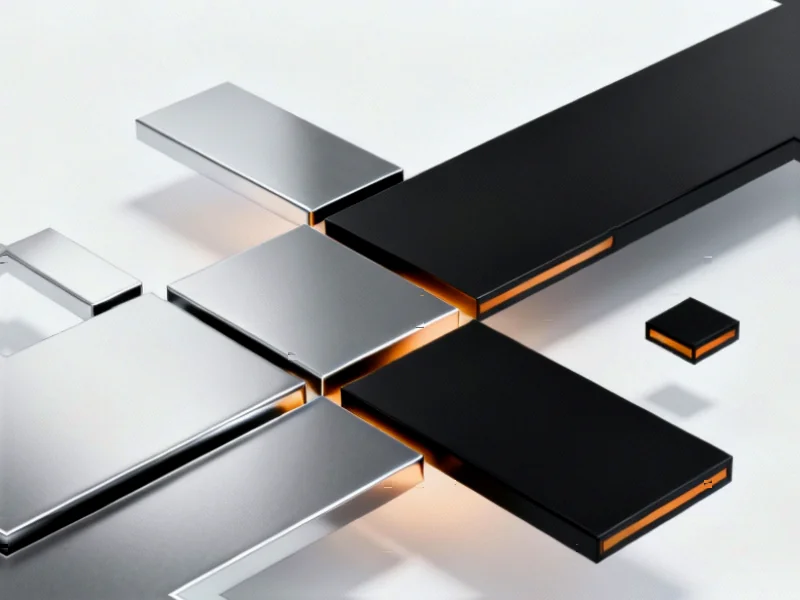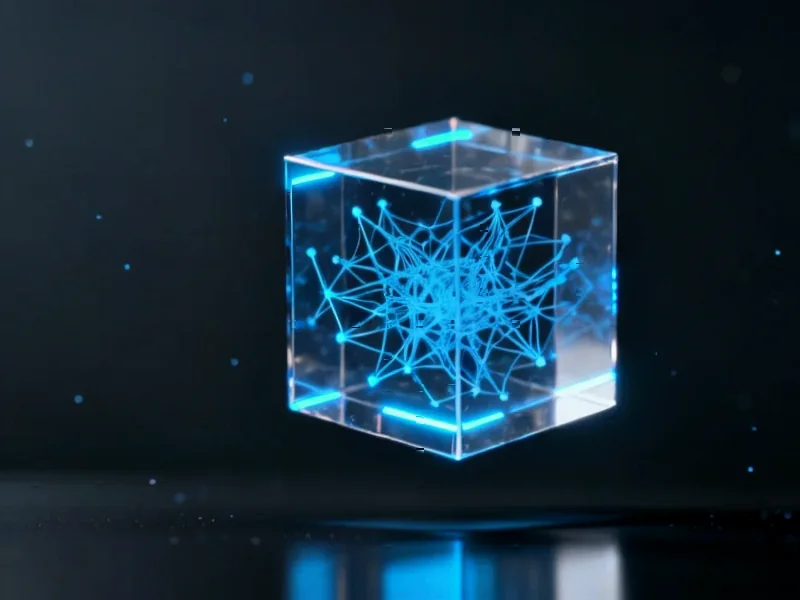Historic Cloud Computing Partnership
Google and Anthropic have confirmed what industry analysts are calling one of the largest cloud computing agreements in artificial intelligence history. According to the official announcement, the expanded partnership will see Anthropic utilizing up to one million Google Tensor Processing Units (TPUs) and bringing “well over” a gigawatt of computing capacity online by 2026.
Table of Contents
Massive Scale and Investment
While the exact financial terms remain confidential, sources indicate the agreement falls within the “tens of billions of dollars” range that was initially reported earlier this week. The scale of this commitment reflects the extraordinary computational requirements of training and deploying cutting-edge large language models., according to according to reports
“Anthropic’s choice to significantly expand its usage of TPUs reflects the strong price-performance and efficiency its teams have seen with TPUs for several years,” said Thomas Kurian, CEO at Google Cloud, in the official statement. He emphasized that Google is “continuing to innovate and drive further efficiencies and increased capacity of our TPUs, building on our already mature AI accelerator portfolio.”, according to expert analysis
Strategic Partnership Expansion
The agreement represents a significant deepening of the existing relationship between the two companies. Anthropic CFO Krishna Rao stated that “Anthropic and Google have a longstanding partnership, and this latest expansion will help us continue to grow the compute we need to define the frontier of AI.”
According to the announcement, this expanded capacity will enable Anthropic to meet exponentially growing demand for its Claude AI models while maintaining their competitive edge. Rao noted that “our customers – from Fortune 500 companies to AI-native startups – depend on Claude for their most important work.”
Multi-Platform AI Infrastructure
Industry reports indicate Anthropic maintains a diversified approach to AI infrastructure, utilizing three primary chip platforms:
- Amazon Web Services’ Trainium chips, including through the Project Rainer supercluster
- Nvidia GPUs for various AI workloads
- Google Cloud’s TPUs, which the company has been using since 2023
Background and Investment Relationship
Anthropic was founded in 2021 by former OpenAI employees and has emerged as a direct competitor in the advanced AI space. Google has become a significant investor in the company, with reports indicating approximately $2 billion invested in 2023 and an additional $1 billion commitment for 2025. Court documents from March of this year revealed Google holds a 14 percent stake in the AI company.
Industry Implications
Analysts suggest this agreement signals several important trends in the AI infrastructure landscape. The massive scale of TPU deployment indicates growing confidence in custom AI accelerators beyond traditional GPU solutions. The timing of the 2026 capacity target suggests both companies are planning for the next generation of AI model development and deployment requirements.
The partnership between Anthropic and Google represents one of the most substantial commitments in the rapidly evolving AI infrastructure sector, potentially setting new benchmarks for cloud computing agreements in the artificial intelligence industry.
Related Articles You May Find Interesting
- AI Model Accelerates Antibiotic Discovery with 90-Fold Hit Rate Improvement
- Energy Transition Stalls as Fossil Fuels Surge, Experts Report
- Quantum Computing Stocks Surge Amid Potential US Government Investment Strategy
- Fuel Cells Emerge as Key Solution for AI Data Center Power Demands
- Alkali Treatments Unlock Potential of Agro-Waste for Advanced Aluminum Composite
References
- https://www.anthropic.com/news/expanding-our-use-of-google-cloud-tpus-and-ser…
- http://en.wikipedia.org/wiki/Anthropic
- http://en.wikipedia.org/wiki/Tensor_Processing_Unit
- http://en.wikipedia.org/wiki/Cloud_computing
- http://en.wikipedia.org/wiki/Google
- http://en.wikipedia.org/wiki/Google_Cloud_Platform
This article aggregates information from publicly available sources. All trademarks and copyrights belong to their respective owners.
Note: Featured image is for illustrative purposes only and does not represent any specific product, service, or entity mentioned in this article.



